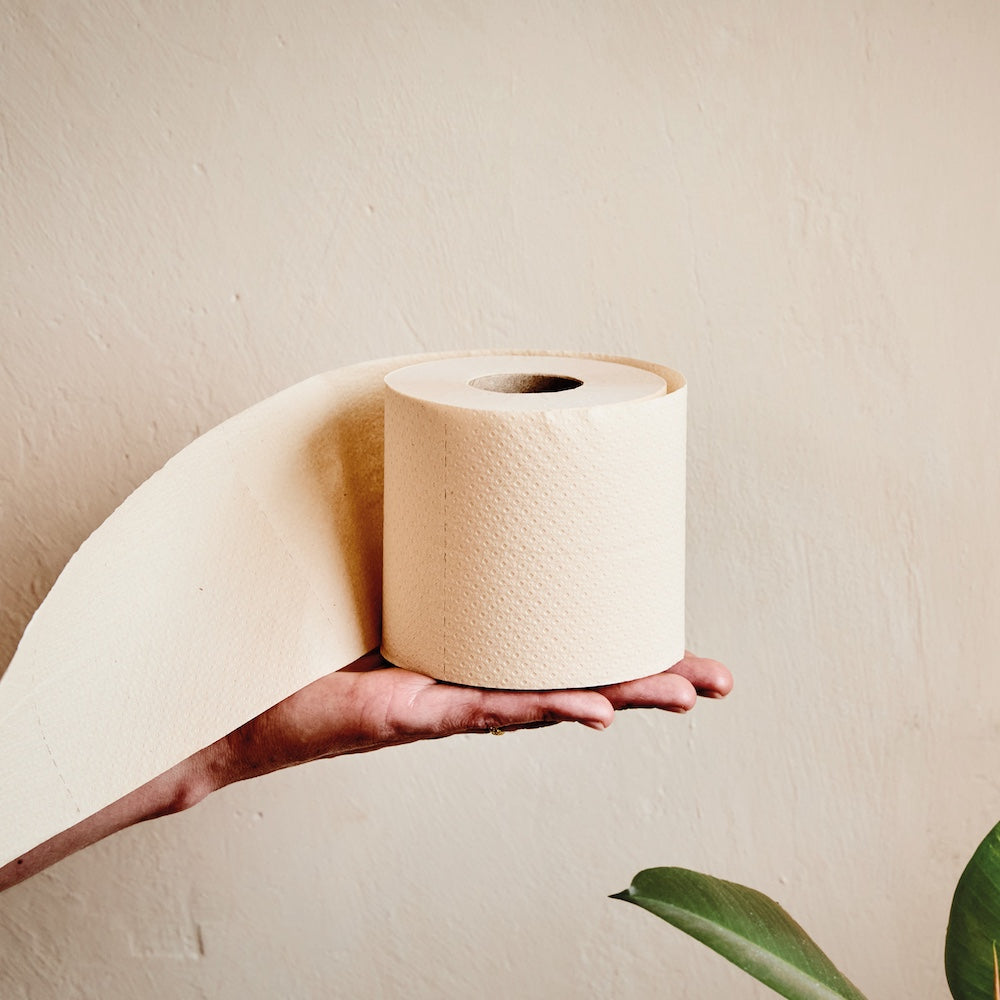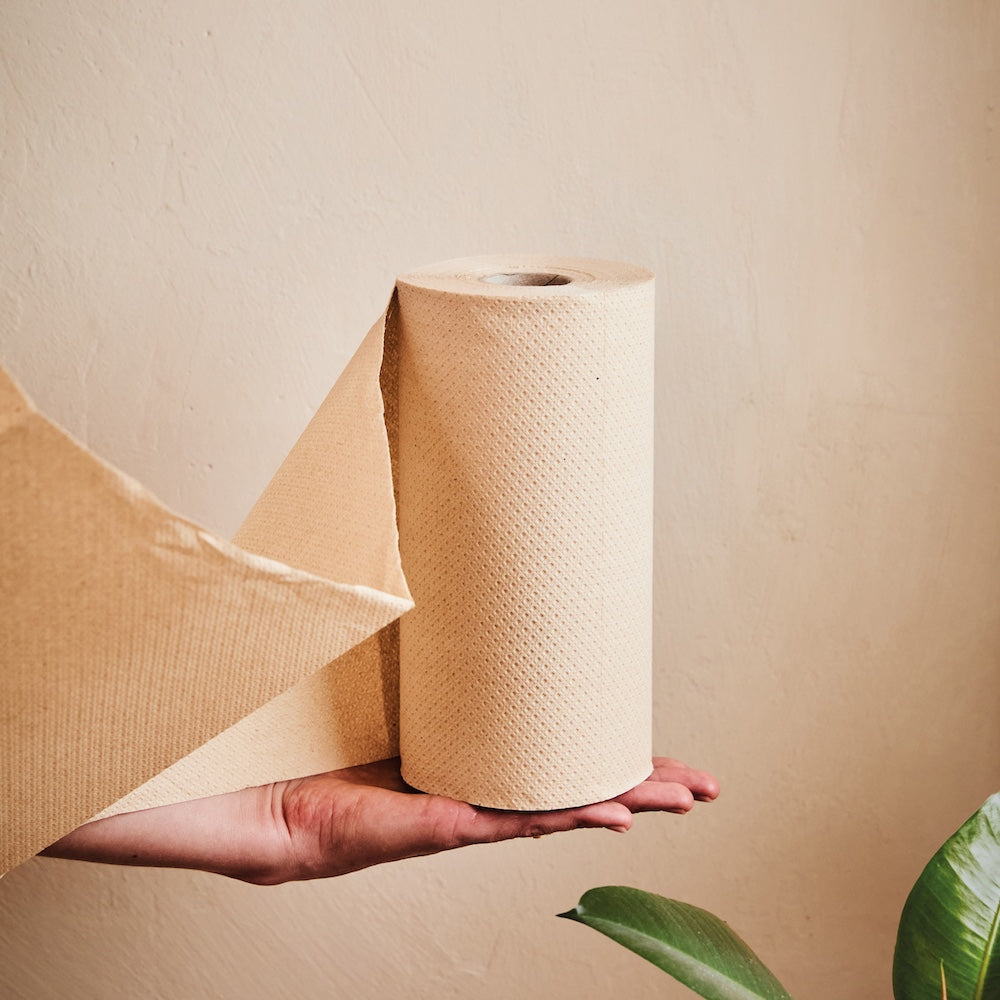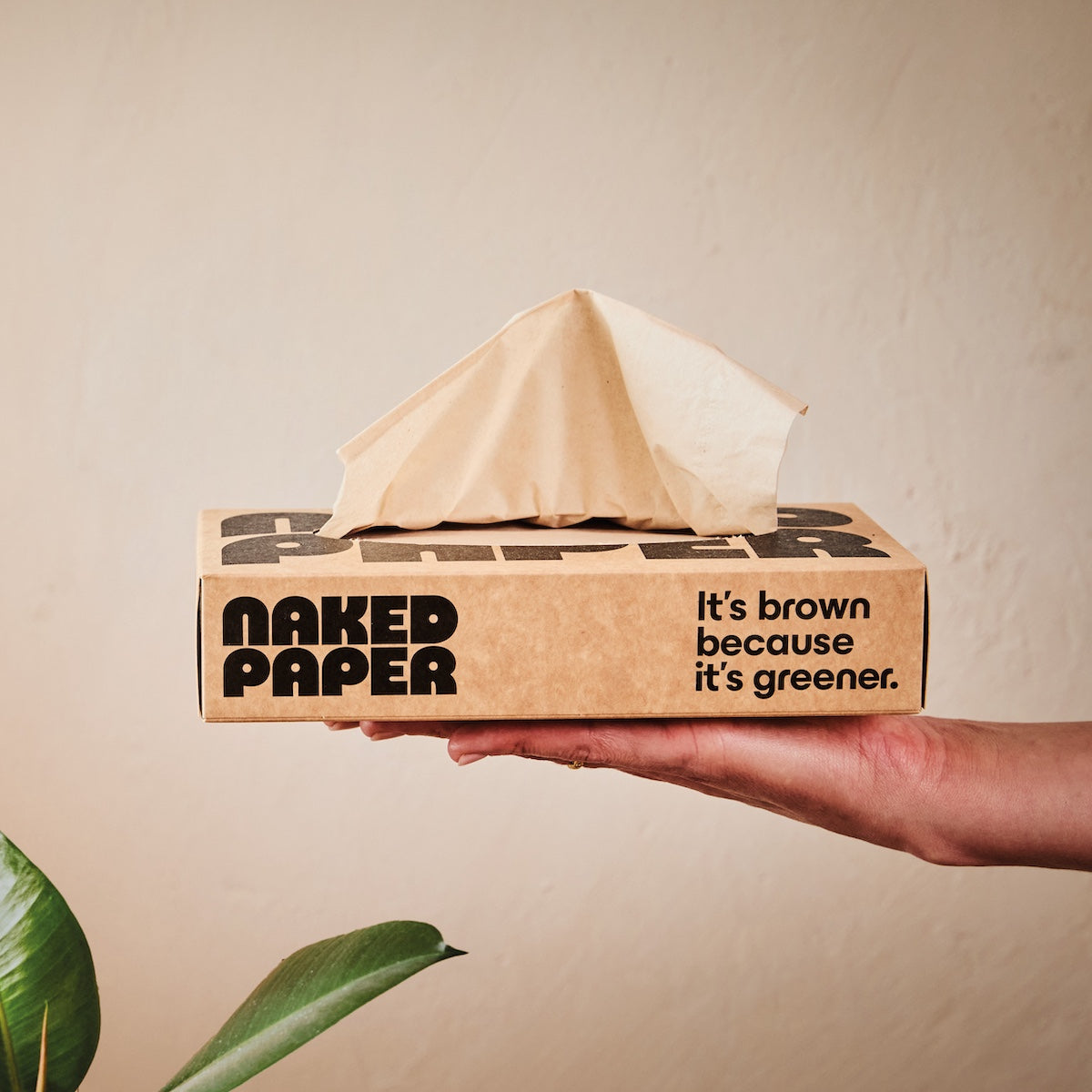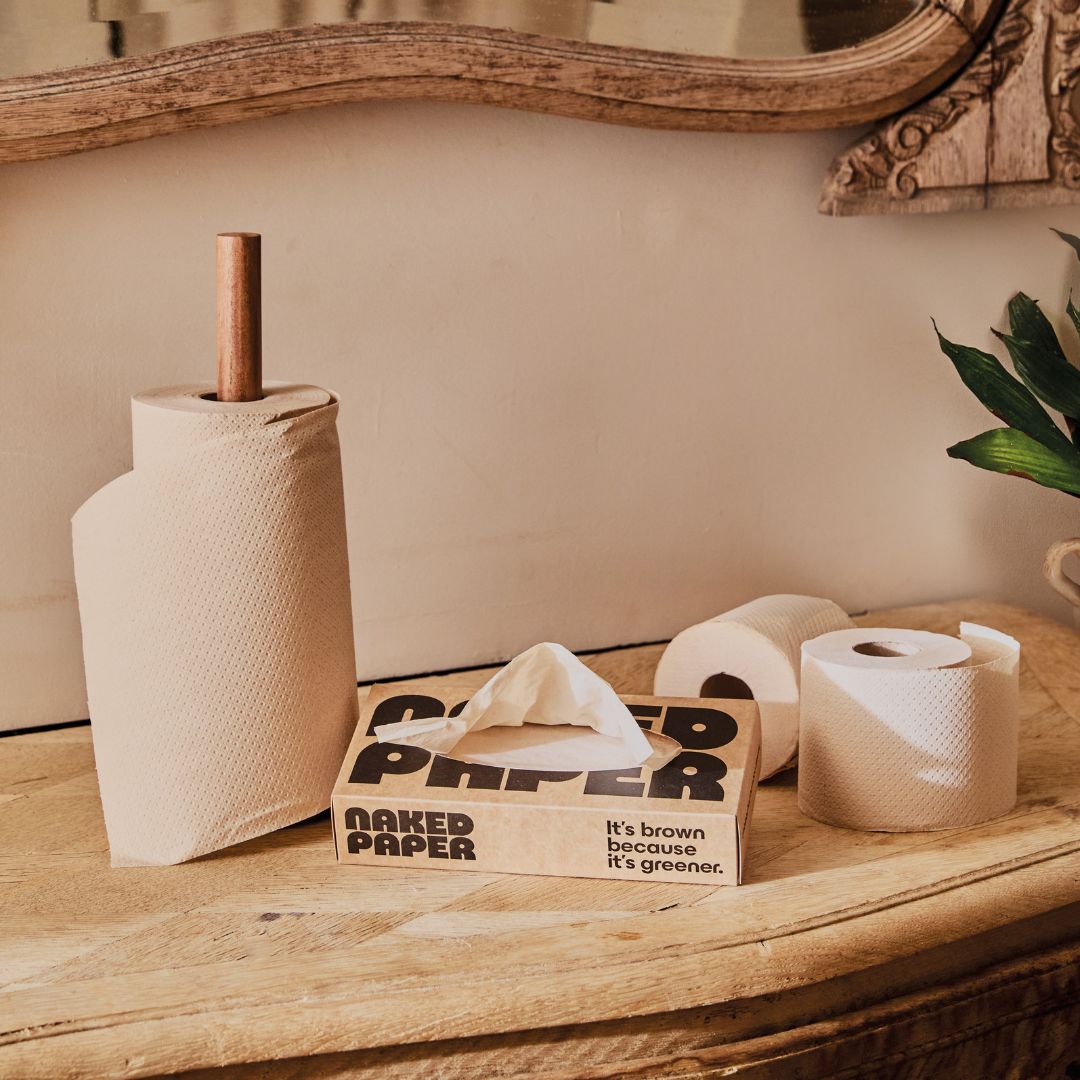Why are toilets called “WCs”?

Toilets have a rich cultural and linguistic history. The function of these everyday facilities is often considered to be too coarse for polite conversation, and so a range of euphemisms has evolved over time
One term that stands out for its historical significance and continued use is “water closet” or WC. The term pops up a lot in literature, and if you visit older pubs and venues in the UK you will often still see a WC sign on toilet doors. But why were toilets called water closets in the first place, and why has the term stuck around?
Today we’re dusting off the dictionaries and getting our heads around some toilet terminology!
Before we get to the water closet, let’s travel back to an earlier time...

The garderobe: A mediaeval solution
The Kings and Queens of the Middle Ages wouldn’t have gone to the toilet, or a WC for that matter, instead they would have visited the “garderobe”.
The word itself is derived from the French words "garder" (to guard or protect) and "robe" (clothing). Originally, a garderobe referred to a small room or a large cupboard where clothes and other valuables were stored. However, many garderobes were dual-purpose, often doubling as a latrine.
Yes, you read that right. There was a hole in the bottom of the cupboard where you could go to the loo! The belief was that the ammonia from the urine would help keep moths, the pesky troublemakers of the mediaeval fashion world, away from clothing.
Garderobes were typically built into the walls of castles and large houses, positioned above a shaft or chute that emptied either into a cesspit, or right into the moat if you were lucky enough to have one. They provided a private space for relieving oneself, though nowadays we would hardly think of them as hygienic! The remnants of these early sanitation solutions can still be seen in historical buildings across Europe such as Linlithgow Palace in Scotland or Bürresheim Castle in Germany.

The privy: A step towards privacy
As the Middle Ages gave way to the Renaissance the population of Europe grew rapidly, and so did the need for sanitation. Enter the privy, a term that became popular in England during the 16th century. The word "privy" is derived from the Latin "privatus," meaning private, and it referred to a small, enclosed outdoor toilet. Privies were often simple structures made from wood, placed over a pit or a trench that collected waste.
In the days before plumbing, privies were the best solution for privacy and sanitation. Unlike garderobes, which were built into the house itself, privies could be located away from living areas, reducing the risk of odours and disease. They were an early form of what we now refer to as an outhouse.
While privies were a common feature in rural areas well into the 19th century, urbanisation and the advent of indoor plumbing began to render them obsolete. However, the term "privy" lingered in the English language, testament to its long-standing role in everyday life.

The emergence of the water closet
The transition from privies to modern toilets marked a significant leap forward in sanitation technology, largely driven by the rapid growth of sewer systems and indoor plumbing during the Victorian era. The term water closet first appeared in the 19th century as part of this period of development.
The phrase "water closet" is quite descriptive. The garderobes and privies we’ve talked about so far were completely dry. The water closet represents a step forward, a small private room, often no more than a cupboard-sized room within a house, that took advantage of indoor plumbing to provide a space where you could flush your waste and (if you were very fancy) wash your hands.
The idea of an indoor toilet was a tough sell to lots of people who were used to outdoor privies, but it got a boost from a famous figure in toilet history.
Thomas Crapper, often (though incorrectly) credited with inventing the flush toilet, was nevertheless a significant figure in popularising the use of water closets in England. He set up public showrooms to display the toilets and plumbing apparatus made by his company, and in 1870 he received a royal warrant to install 30 lavatories at the palace at the new royal residence at Sandringham. His patented U-bend and syphon inventions improved and refined this modern convenience, bringing it much closer to the toilets we have today.
The indoor toilet hasn’t changed much since Crapper’s day, but language keeps moving forward. You won’t hear many people use the phrase “Water Closet” these days, but “WC” is still widely in use, one of a roster of terms ranging from the euphemistic “restroom” to the British favourite “loo”.

Conclusion
We’ve come a long way since the garderobe! The journey from actual closets to water closets shows the consistent improvements that have been brought to bear on this most mundane part of everyday life. It took several inventions and lots of plumbing to get flushing toilets into our homes. After all that effort it’s no surprise that the first term we used for them, the Water Closet or WC, stuck around.
As we continue to strive for global access to clean and safe toilets, the humble water closet and the flushing water it contains is still a benchmark for sanitation infrastructure.
At Naked Paper we support global sanitation charity Just a Drop, so every time you buy from us you’re supporting their lifesaving work building toilets, improving wells, and shoring up sanitation in locally-designed projects all over the world.
Want to try soft, eco friendly toilet paper that helps to build WCs?




